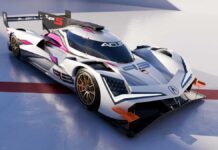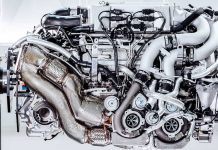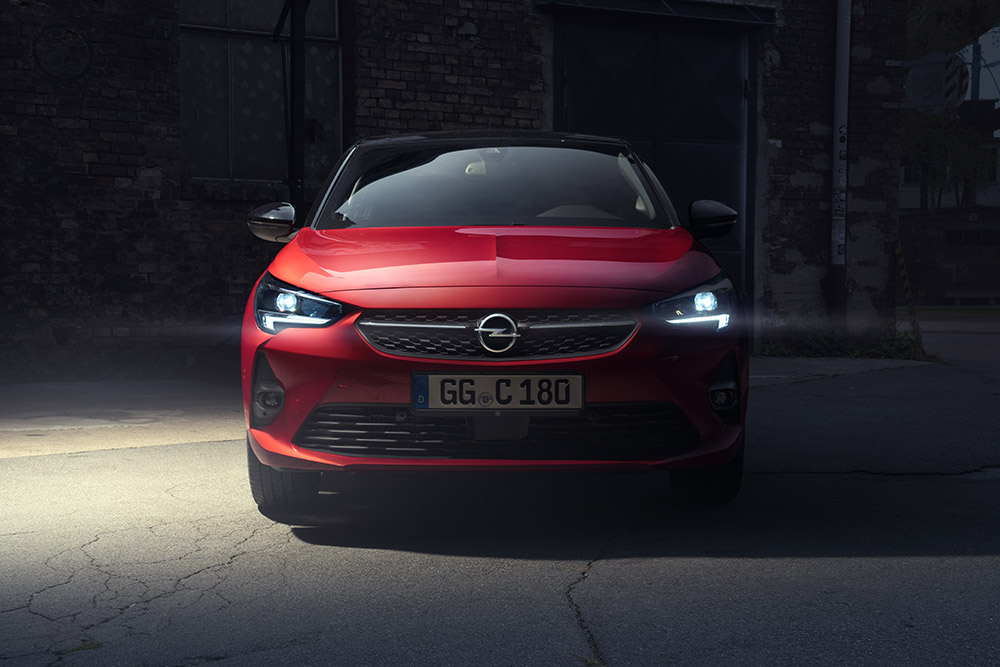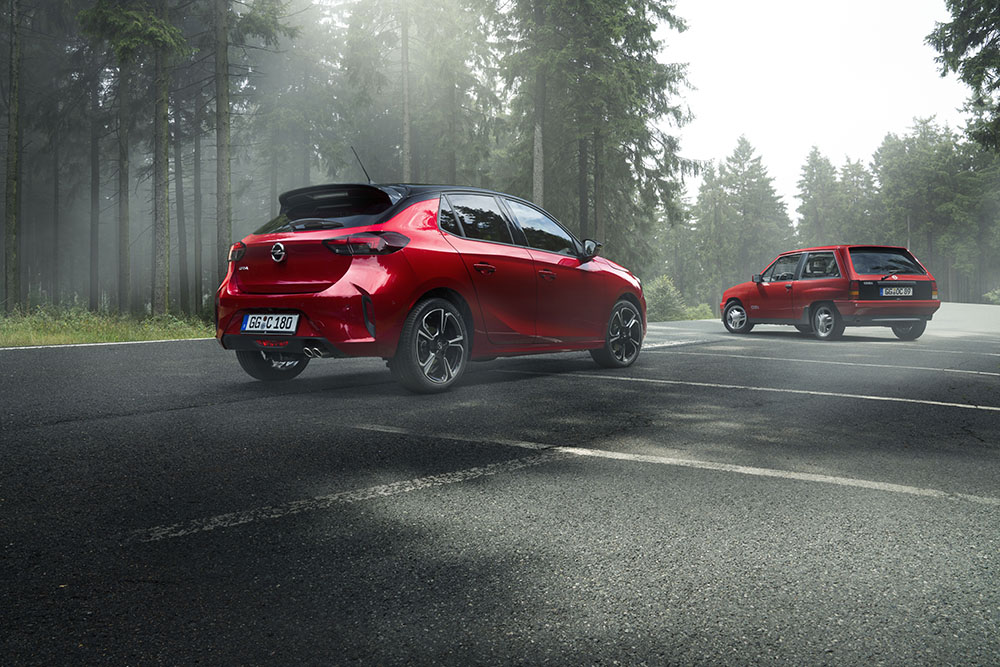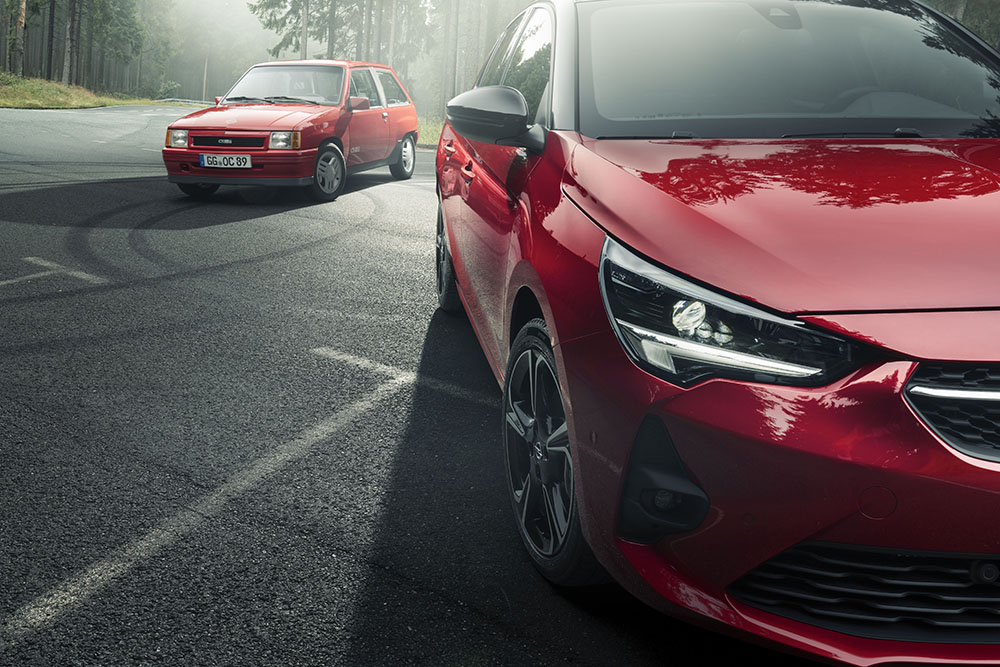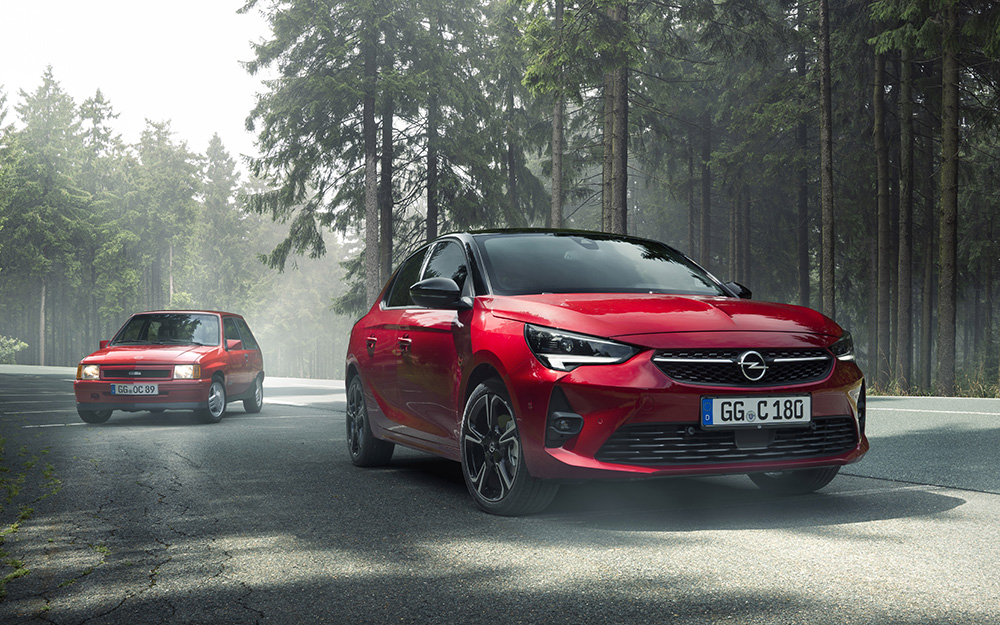The Opel Corsa GS Line is making its premiere at the IAA Frankfurt International Motor Show (until September 22). Its famous ancestor, the legendary Opel Corsa A GSi, also made its debut at the IAA – exactly 32 years ago. The first generation of the sporty small car has lost nothing of its appeal to this day.
Grand Sport injection: Passion on four wheels
GSi – the Opel abbreviation for “Grand Sport injection” (formerly GT/E) has stood for the particularly sporty models with the lightning flash emblem since the 1980s and means pure passion. The Kadett E GSi and Manta GSi were followed in 1988 by the athlete in the small car class, the Opel Corsa GSi. A car as dynamic as a motorcycle: ultra-compact, 820 kilogrammes light, with prominent wheel-arches, sports seats, 100hp and 188km/h fast. Opel’s ambition has always been to make innovations and an engaging drive accessible for everyone – and the automaker has remained true to this commitment through the decades. The best example is the descendant of the Corsa A GSi – the new Corsa GS Line. The origins of the new car’s genes are obvious at first glance. Just like the 1980s GSi, the new Corsa GS Line features chili-red paint and a black roof, leaving no doubt that sportiness is the key.
Meeting of the generations: Corsa A and new Corsa GS Line for sport enthusiasts
The sixth-generation Corsa is trimmed for efficiency down to the finest detail and is more modern and dynamic than ever before. Fans of extremely sporty looks will get their money’s worth with the top GS Line. As the dynamic shining star, the Corsa GS Line is a real eye-catcher – just like the Corsa GSi.
The 1.6-litre injection engine newly developed in 1988 accelerated the sporty first-generation Corsa to 100 km/h in around 9.5 seconds. With powerful low-end torque, the car has always brought a smile to Corsa GSi drivers’ faces when they step on the accelerator pedal. To bring the higher performance and agility onto the road, Opel engineers adapted the chassis and brakes of the Corsa to the GSi specification. The extra features included stiffer springs, specially tuned shock absorbers as well as larger, internally ventilated front disc brakes. Anti-roll bars at the front and rear kept the car safely on track in corners.
And what about today? The new Corsa GS Line is also equipped with state-of-the-art technology, such as the 96 kW/130 hp 1.2-litre turbo engine with eight-speed automatic. With the top-of-the-line petrol engine the Corsa now reaches speeds of up to 208 km/h and sprints from a standstill to 100 km/h in 8.7 seconds (fuel consumption NEDC1: urban 5.5-5.4 l/100 km, extra-urban 4.2-4.0 l/100 km, combined 4.7-4.5 l/100 km, 106-103 g/km CO2; fuel consumption WLTP2: combined 6.0-5.6 l/100 km, 136-128 g/km CO2, preliminary figures). The engine delivers maximum torque of up to 230 Nm. An engaging drive guaranteed!
Pure sports feeling – inside and outside
A must in the interior back then (with the Corsa GSi) and today (with the new Corsa GS Line): sports seats as standard. The tachometer and additional instruments such as oil pressure gauge and voltmeter provided the Corsa GSi driver with important data. With sports rims and wide tyres, the Corsa GSi showed that it would not only feel comfortable in normal road traffic, but also on the Nürburgring – just like the new Corsa GS Line. Available from €19,880 (RRP incl. VAT in Germany), the newcomer is recognisable at first glance by its chrome-plated tailpipe and sporty bumpers front and rear. The Sport mode ensures even more dynamic steering and engine response.
By the end of production in 1993, more than 10,000 of the first-generation Corsa GSi had rolled off the assembly line. And with the Corsa B GSi, the successor was already in the starting blocks to continue the success story in the 1990s.
GSi in all classes: from sporty Corsa to Insignia GSi
The Corsa B GSi 16V impressed with 109 hp and its powerful “low-end-torque“. Then came the Corsa C GSi with 125 hp and a top speed of 202 km/h, and from 2007 the Corsa D GSi with turbocharging for the first time and 150 hp from 1.6 litres. Opel continued the GSi tradition in the small car class with the fifth-generation Corsa in 2018. The 1.4-litre turbo petrol engine produces 110 kW/150 hp. The diminutive sports car accelerates from zero to 100 km/h in 8.9 seconds and reaches a top speed of 207 km/h.
But one year earlier in 2017, Opel already presented great things to the public at the IAA when the Opel Insignia GSi made its world premiere. With the sporty Insignia as the Grand Sport limousine and the Sports Tourer estate, there was a dynamic duo at the Opel stand. Once again, the brand with the lightning flash presented a sports model with all-wheel drive. The Insignia GSi features four-wheel drive with torque vectoring for additional driving precision and lateral acceleration. The Insignia GSi made its debut with a 2.0 turbo petrol engine with 191 kW/260 hp. Shortly afterwards an efficient turbo diesel followed. The 2.0-litre BiTurbo delivers 154 kW/210 hp and has maximum torque of 480 Nm (fuel consumption NEDC1: urban 9.6 l/100 km, extra-urban 5.7-5.6 l/100 km, combined 7.1 l/100 km, CO2 emissions combined 187 g/km; fuel consumption WLTP2: combined 7.9-7.5 l/100 km, 206-195 g/km CO2). This takes the Opel Insignia GSi Grand Sport to 233 km/h and the Sports Tourer to 231 km/h – and Opel offers GSi driving pleasure from the small car class all the way to the flagship.























